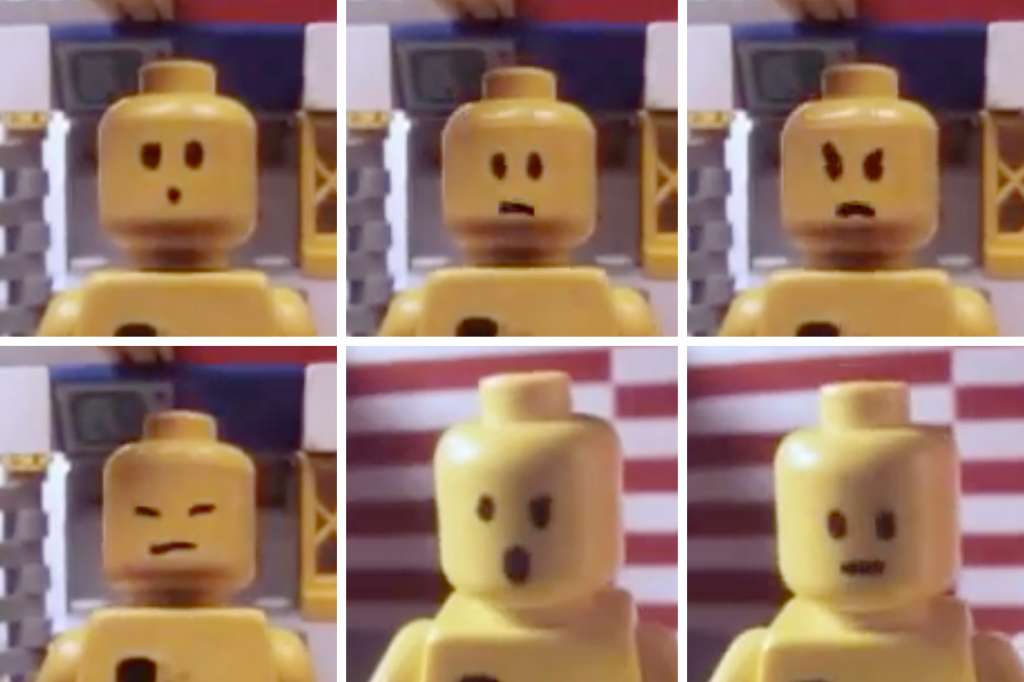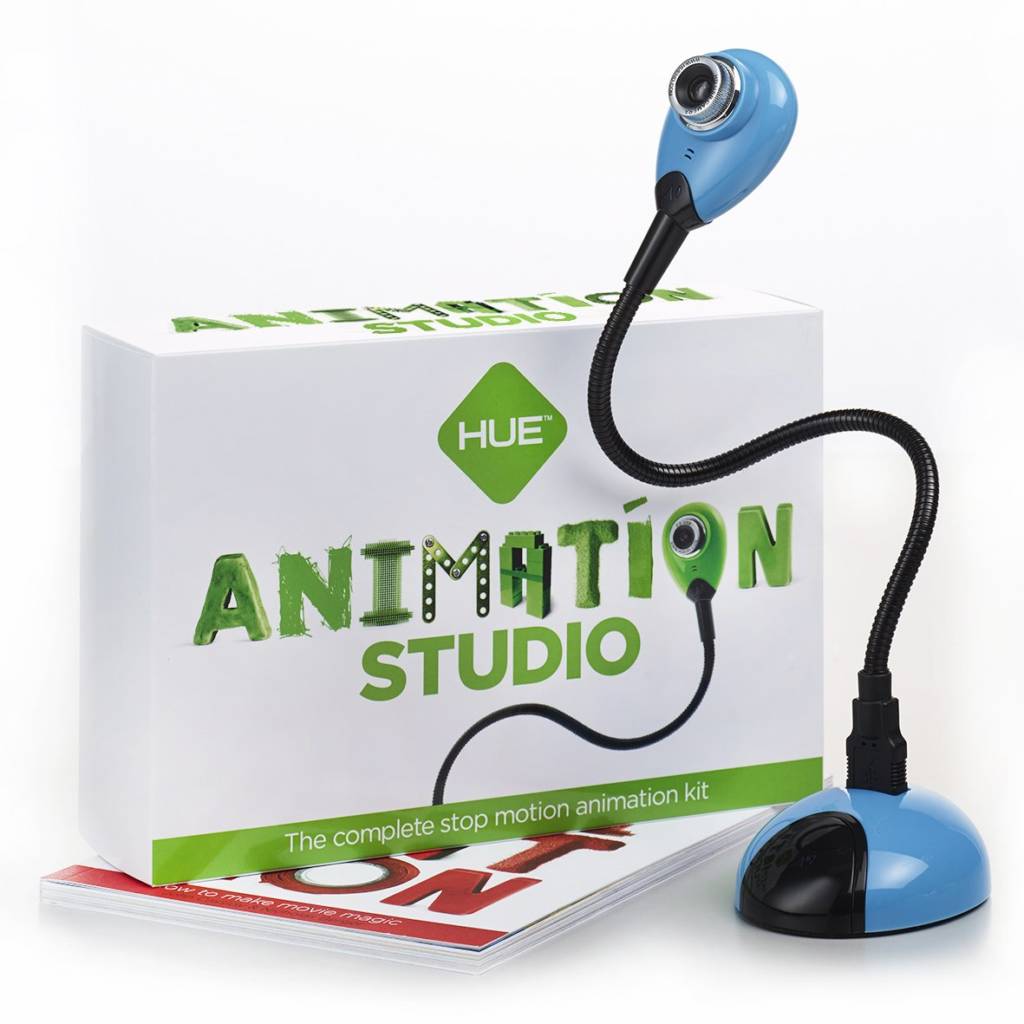Produced by Australian student Lindsay Fleay between 1985 and 1989, this film is considered one of the first brickfilms.
For my bachelor thesis titled Character Animation with the Limitations of Analogue Animation of LEGO Characters, I analyzed this stop motion movie. Here is a slightly modified version of this movie analysis.
Movie Analysis
Despite its age, the film shows interesting approaches to the animation of classic LEGO minifigures.
. . . it’s gone pretty much everywhere—moving cameras, replace- ment mouths, blob monsters depicted with sequential brick swap- ping, color-swapping as special effect, flat-surface walking anima- tion mixed with live action.
Tony Mines, Animator
In many ways, the film thus pioneered and helped to establish LEGO as a medium for stop-motion animations. Fleay began his animation career with this project, later working on films such as The Matrix and Lord of the Rings. But The Magic Portal also gained some fame and was even referenced in The LEGO Movie, released in 2014, by naming a central story element after it.
The short film tells the story of a small LEGO character called El, who is on a spaceship. El discovers a mysterious portal that takes him to another world – but on the other side are dangers and monsters waiting to track him and get back through the portal to the spaceship. In the further course, the portal not only connects these two worlds, it also breaks through the fourth wall as a monster escapes into the real world and attacks the animator. It will be shown for about five seconds real footage in which the animator Lindsay Fleay is bent over the set to see. At the end of the movie, the main characters escape into the real world and get to see Fleay.
This movie uses classic LEGO minifigures. Simple animations, such as walking, can be animated quickly and realistically. Through the joints on the arms and legs, the pose of the figure can be adjusted relatively easily, and the knobs of LEGO bottom plate give the figure the necessary support and ensure a uniform stride length. The figure takes two steps forward in eight frames, moving two pimples forward. This sequence of movements can be used in many ways and the nature of the aisle can be varied by subtle changes such as the inclination of the upper body or the movements of the arms and adapt to the character.
The animation of a running figure is a variation of the walking movement. Due to the more extensive steps, however, the figure skips two pimples of the bottom plate at each step and is always in suspension for two frames between the pimples. To make the movement even faster, the animation of the running movement is played at 24 frames per second. Some other parts of the movie are animated at 12fps, with the images then being shown for two frames at a time to get a consistent frame rate. This is mainly used for movements that could not be animated in more detail due to the size of the LEGO blocks, or to save time during long walks, for example.
The limited range of movement of the minifigures makes it difficult to express emotions and emotions clearly with the body. A big contribution to the mediation of the story therefore makes the facial animation. Fleay uses the technique of Replacement Faces, which is also known from traditional puppet animation. On empty LEGO heads he drew different eyes and mouth shapes that represent different emotions and sounds for the dialogues. Since the head of a LEGO figure is easy to remove, the characters can now be fitted with the appropriate mimic for each frame.

Here is a selection of the heads of the main character, such as the exaggerated expressions for the emotions, astonished, perplexed and annoyed. Much of the dialogue in the film consists of incomprehensible sounds, but together with the matching facial animation and in connection with the story, the content of the talks is understandable.
In addition to the LEGO minifigures, characters are also represented by other means. This separates the normal world of minifigure characters from the mystical worlds on the other side of the portal, inhabited by individual LEGO blocks, putty or real humans. For example, from single blocks of different height and slope on the ground, the dangling beings are animated. The animation used here may be referred to as the LEGO equivalent to Disney’s Squash & Stretch. During their movement, the beings switch between the states “high and short” and “flat and oblong”. The use of intermediate frames with beveled parts creates the impression of a fluid movement in which the masses of the beings move forward and spread on the floor.
Another special feature in The Magic Portal is the frequent use of camera movements as a central story element. With the technology of the time – without motion control and an unwieldy 16mm Bolex film camera – these camera shots were not easy to implement. With some abrupt movements, they are also not perfect, but they were deliberately used and help to tell the story. For example, when the camera revolves around the magical portal while the main character also walks around it. At the same time as El, viewers hear that the portal on one side is an empty archway, but there is a mysterious door on the opposite side. Without camera movement and instead shown with a backshot, this revelation would not be as impressive and instead confuse the viewers.

